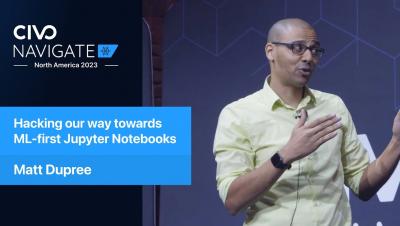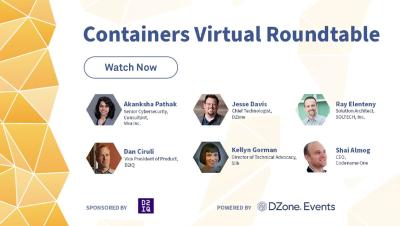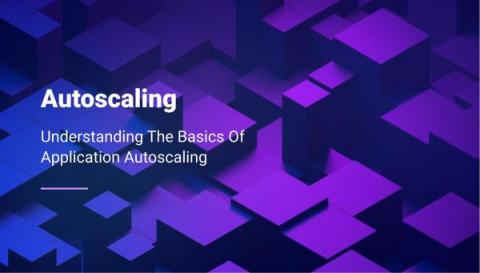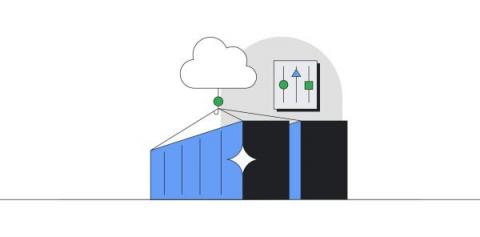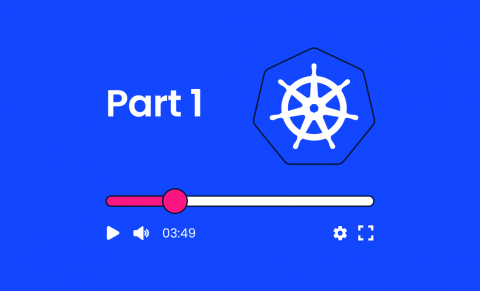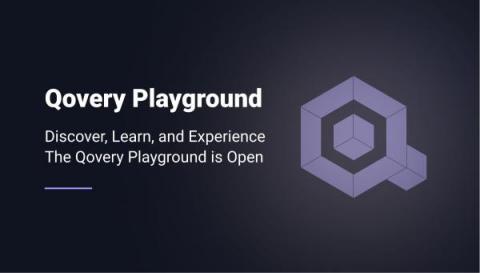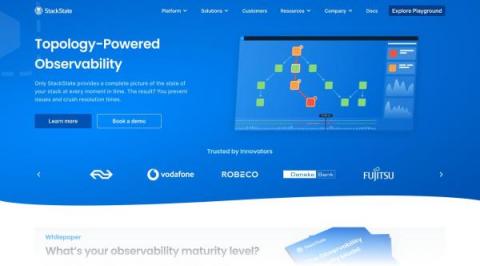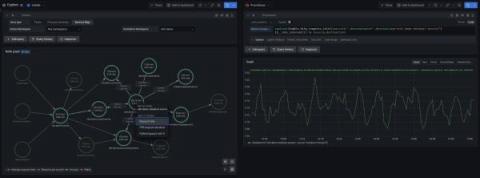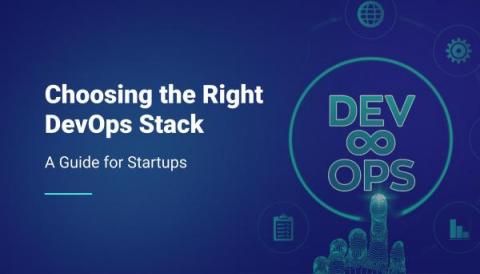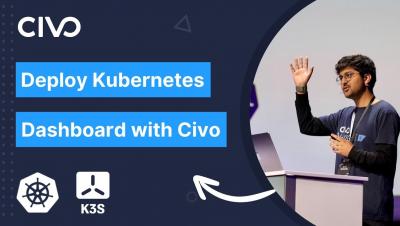Operations | Monitoring | ITSM | DevOps | Cloud
Containers
The latest News and Information on Containers, Kubernetes, Docker and related technologies.
Unlocking the Power of Containerization: Strategies for Technology Leaders
Understanding the Basics of Application Autoscaling
Simplify troubleshooting in Google Kubernetes Engine with new playbooks
New playbooks can help detect issues automatically and provide support when troubleshooting your GKE environment.
A Software Developer's Guide to Getting Started With Kubernetes: Part 1
Put simply, Kubernetes is an orchestration system for deploying and managing containers. Using Kubernetes, you can operate containers reliably across different environments by automating management tasks such as scaling containers across Nodes and restarting them when they stop. Kubernetes provides abstractions that let you think in terms of application components, such as Pods (containers), Services (network endpoints), and Jobs (one-off tasks).
Discover, Learn, and Experience: The Qovery Playground is Now Open!
A Chasm Crossed: The Unstoppable Surge of Kubernetes Adoption
In the ever-evolving landscape of enterprise technology, certain milestones mark the transition from innovation to recognition by early adopters to widespread adoption. Gone are the days when Kubernetes was just a segmented buzzword or something only the tech-savvy companies played with. Today, it's a force to be reckoned with, and we need to take a closer look at what it means for us.
How to monitor Kubernetes network and security events with Hubble and Grafana
Anna Kapuścińska is a Software Engineer at Isovalent, who has a rich experience wearing both developer and SRE hats across the industry. Now she works on Isovalent observability products such as Hubble, Tetragon, and Timescape, as well as the respective Grafana integrations for all of them.


